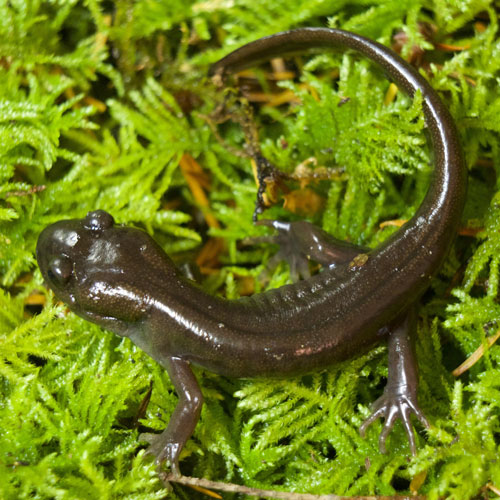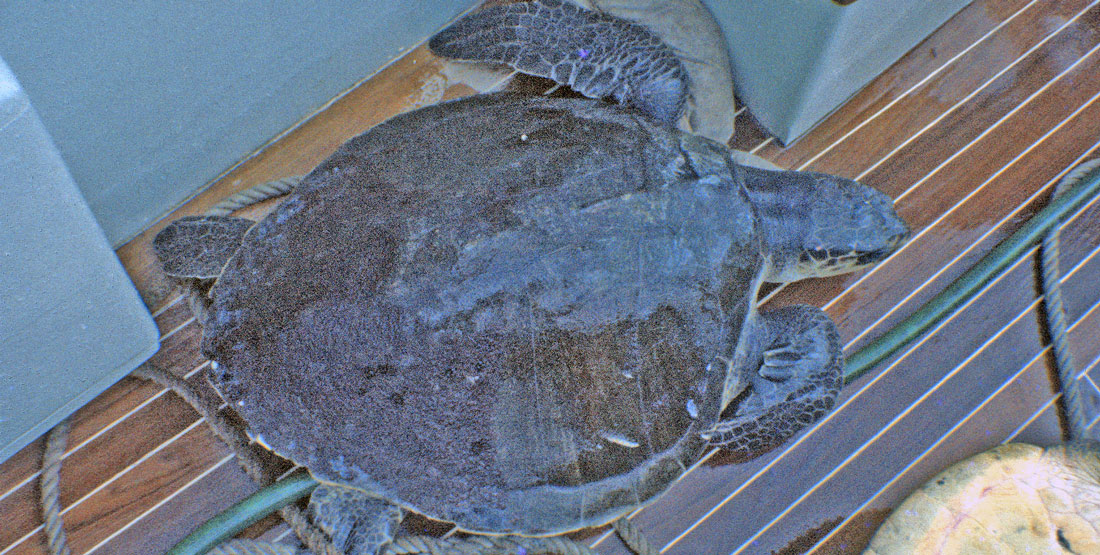Fast Facts
Where they live
- Can be found in subtropical and tropical waters of the Pacific, Indian, and southern Atlantic oceans.
- They spend most of their time in shallow soft-bottomed seas near the shore, where they feed and sunbathe. However, they also spend a lot of time out in the open ocean as well.
What they eat
- Primarily feed on jellyfish, snails, crabs, and shrimp, but will also eat algae when their main other foods are lacking.
Breeding
- Sometime during a night of high tide between June and December, females will return to the beach they were born to lay their eggs.
- Hundreds or even thousands of females will arrive around the same time on the same shore in what is called an “arribada”.
- Females dig a nest 30 to 55 centimeters deep and lay around 107 eggs, which will hatch around 50 days later.
Cool Biology Facts
- Sometimes the density of arribadas is so high, that females will dig out previously-laid nests to lay their own nests.
- “Arribada” means “arrival by sea” in Spanish.
Threats
- Even though olive ridleys are the most abundant of all sea turtles, their numbers are declining rapidly. Atlantic populations are considered endangered and all other populations are considered threatened. Main threats include hunting of females during arribadas for their meat, skin, and eggs, and accidental entanglement and subsequent drowning in fish and shrimp nets, and pollution.

Amphibians & Reptiles of Washington
Do you know where rattlesnakes live in our state? Or which salamander breathes through its skin? Explore the fascinating diversity of the 26 species of amphibians and 28 reptiles found in Washington state.

